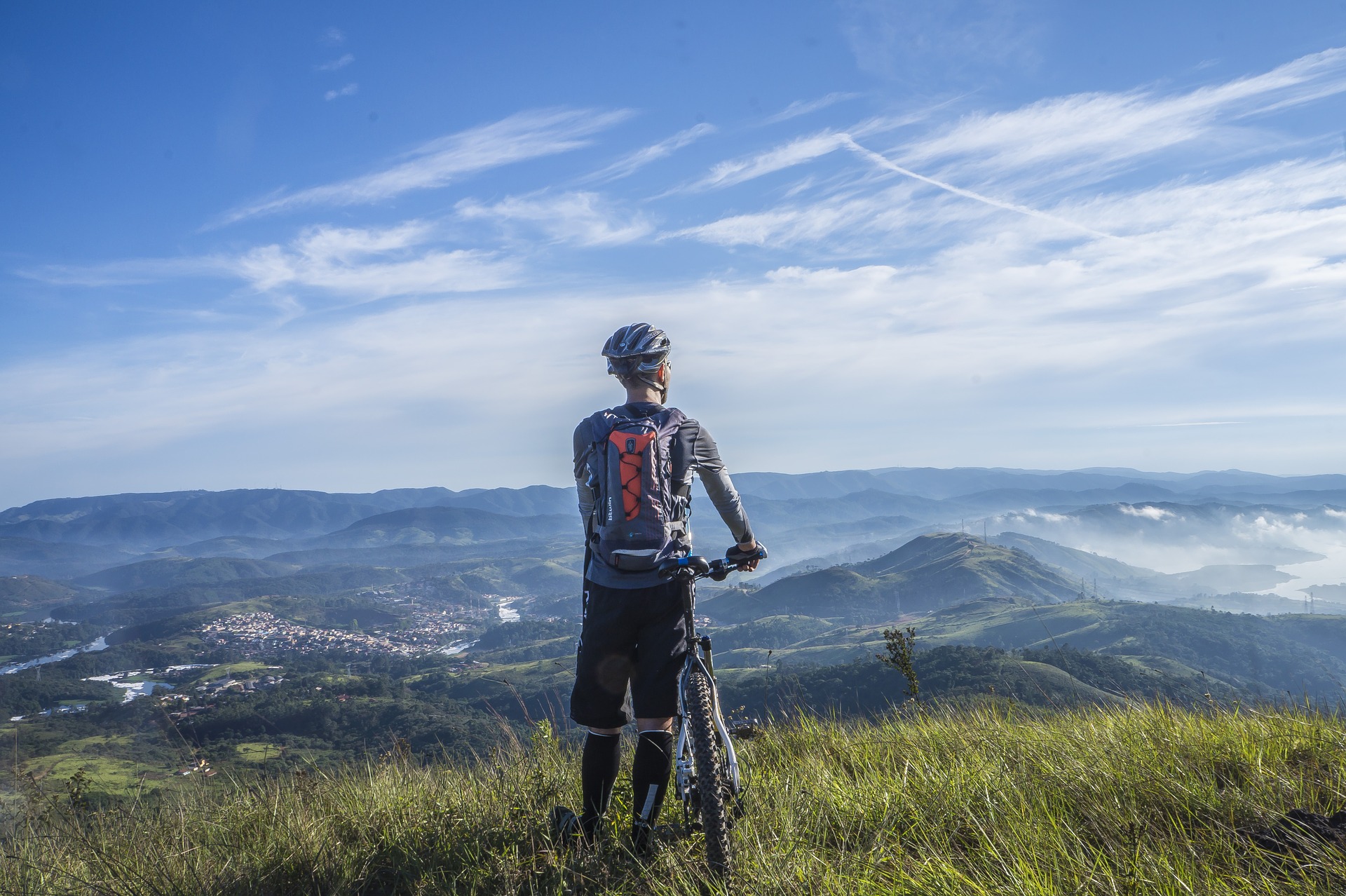
When you’re picking a physical fitness regimen, it doesn’t get better than long-distance cycling. Not only are you getting a cardiopulmonary workout and toning up several muscle groups, but in the right circumstances, you’ll also get plenty of fresh air and beautiful scenery that’ll help clear your mind and reduce your stress. But don’t let that distract you. You’ll still need to keep your equipment in good shape, your eyes open, and your wits about you. Whether you’re just starting out or are already a long-time cyclist, here are several essential tips for long-distance cycling safety.
Wear the Right Equipment
It seems like long-distance bicycling shouldn’t require more than a bicycle, right? But you’re heading out for many miles or hours, and anything can happen. Be sure to protect your noggin with a professional cycling helmet. The likelihood of being struck by a car or hitting an obstruction and going end over end is a very real concern.
Wear reflective clothing, and equip your bike with reflectors and a bike light for when it gets dim or dark.
Back up Your Navigation Apps With Paper Maps
As remarkable as they are, it’s easy to become too reliant on our smartphones and other devices. If you’re out on a century (a 100-mile bike trip) or an all-day to multi-day journey, you never know when you’ll end up somewhere without phone service or battery. Be extra smart and plot your path before putting your feet to the pedals, then trace it on the paper maps. Make a note of accommodations along the way, places for emergency services, and, naturally, any businesses that can service a broken-down bike.
Stay Hydrated and Energized
Bring along a refillable water receptacle you can pack easily on your bicycle or self. Some cycling sources advise drinking 12–16 ounces of water four hours before hitting the road, 12 ounces two hours before the ride, and then about 16 ounces every hour on an average-temperature day. Of course, the hotter it gets, the more you’ll have to replenish lost fluids. You’ll need to replace electrolytes, too, but be sure that whatever you’re drinking has more nutrients than sugar. As for snacks, keep it natural. Bananas, trail mix, nuts, and the like can provide energy without empty calories.
Be Ready for What the Road Throws at You
One of the best tips for long-distance cycling safety is to be ready for anything. Pack a small backpack with rain gear, a jacket, a change of clothes, a flashlight, your phone, some cash, identification, a credit card, your health insurance information, sunscreen, and a few small bags for trash. A small first-aid kit that attaches to the frame or fits in your bag is also a must. Now you’re ready to hit the road. Have fun and be safe!